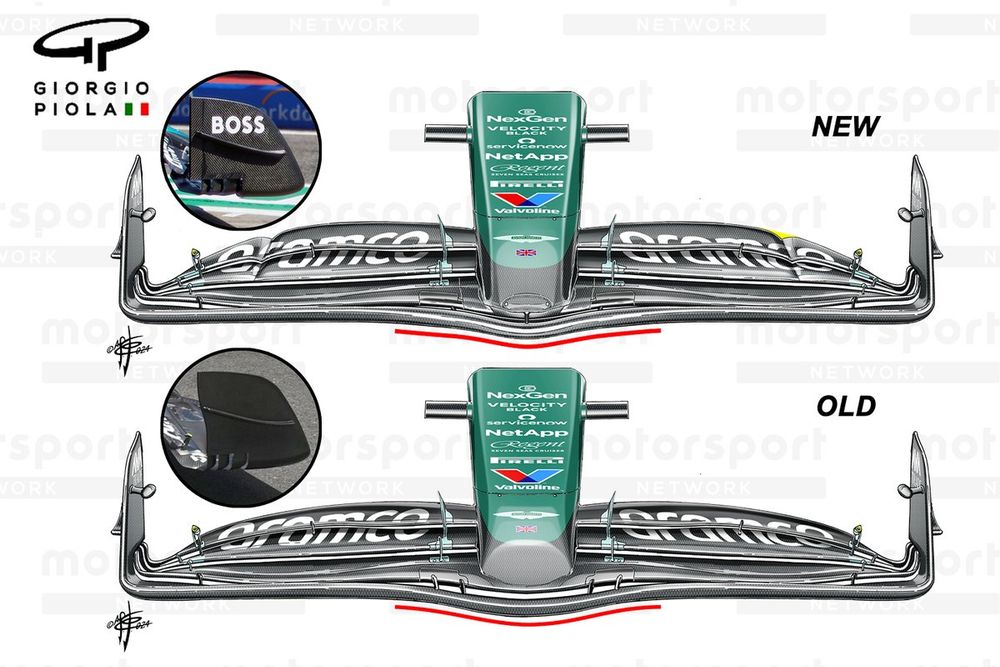A pretty extensive overhaul had been aimed at lifting the squad up the grid, but it ended up making the car more difficult to drive – contributing to Alonso’s hefty FP3 crash.
Its struggles renewed concerns that the squad could be facing a repeat of what happened last year – when upgrades it introduced triggered some side-effects that hampered its performance.
PLUS: Did Aston Martin’s Imola F1 updates really fail?
Team principal Mike Krack is confident that things are different this year though, and that it can get to the bottom of what went wrong at Imola.
“You guys are always quite quick with such conclusions,” he said, when asked about if this was the same scenario unfolding as 2023. “We had the same I think in Mexico, and then we were on the podium the week after.
“In Germany, we say let’s keep the church in the town. So, let’s analyse what we have. We have some lessons to learn from what we have introduced, and we will do so and try to be stronger next week.”
While a difficult car is the last thing that a driver needs this weekend around Monaco, Krack insists no consideration will be given to taking the new parts off to ensure a more consistent platform.
“The upgrades are certainly a step forward and there’s no need to roll them off,” he said.
Aston Martin AMR24 front wing comparison
Photo by: Giorgio Piola
What was new on the Aston Martin
The front wing and nose assembly have both been overhauled extensively as part of the update, with the front wing incorporating a new design feature not seen before.
A V-shaped profile has been built into the two upper flaps to help segment the inboard and outboard portions of the wing (highlighted in yellow).
This design addition will undoubtedly have an impact on the wing’s overall ability to generate outwash and work in conjunction with the design features in the outboard section that already exist.
Furthermore, it’s worth considering the impact that these V-shaped geometries are having on the underside of the flaps too, rather than just the visible upper surface. They will help to create much needed definition to the airflow’s passage ahead of the front tyre.
As part of the team’s push to better manage flow in the outboard section of the wing and improve its outwash capabilities, the endplate has also been modified.
A more traditional straight trailing edge is favoured now, rather than the outgoing more sculpted variant. The surface…
Click Here to Read the Full Original Article at Autosport.com – Formula 1 – Stories…

